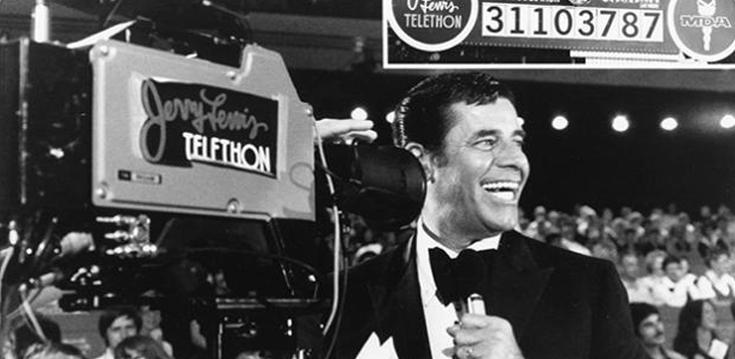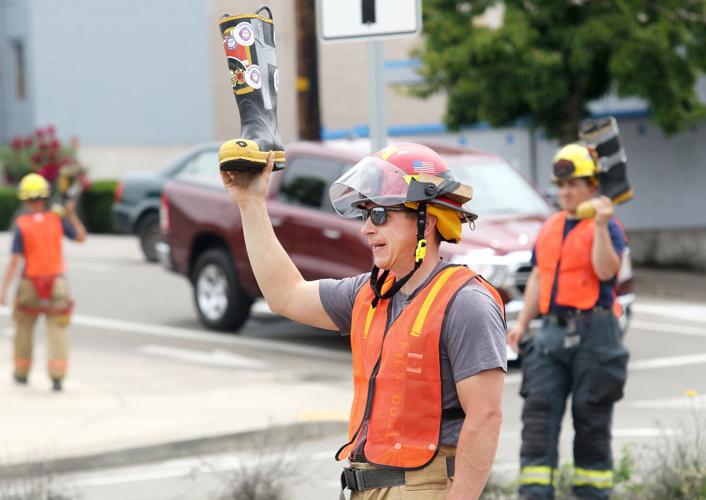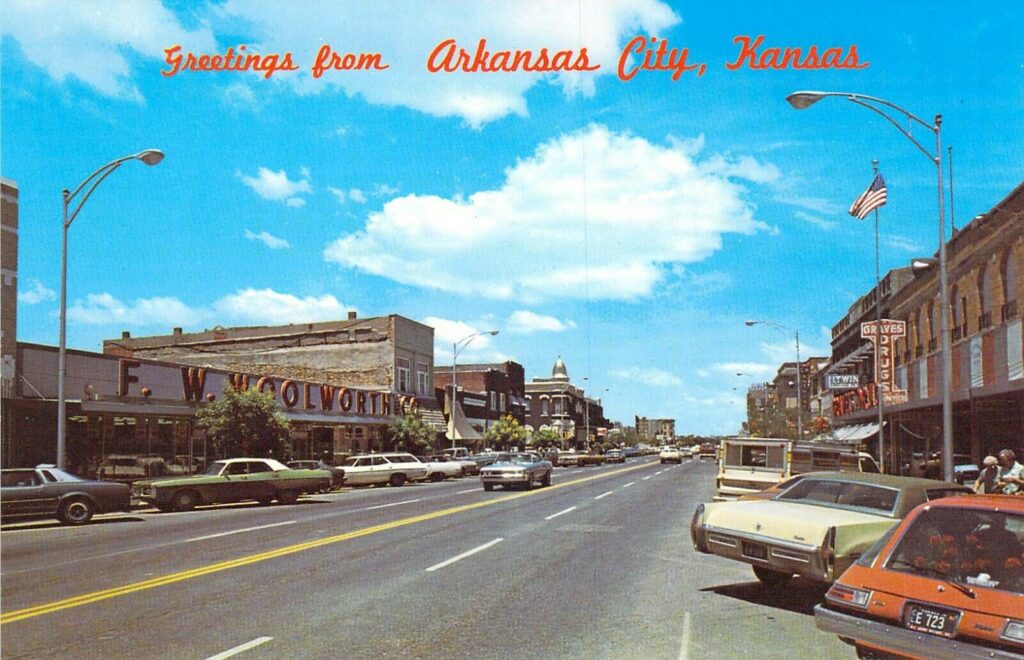
I was sitting next to my mother in our ’60 Chevy one day as she drove down the main drag of our quiet little rural town. It was some time in the early ’70s, maybe 1975? I do know it was Labor Day weekend. As we pulled up behind some other cars stopped for a red light, I noticed several uniformed firemen standing in the middle of the intersection. But it didn’t seem like an emergency; they were smiling and waving and holding up placards and large rubber overboots.
As each car stopped at the light, a fireman would approach its driver with boot in hand, lean in and talk to them for a moment. I couldn’t see any more than that. And then our turn came. My mother was a gregarious woman who “never met a stranger,” or so my grandmother said, and she brayed a warm greeting, maneuvered the column shifter into park, reached into her purse and fished around until she found a couple quarters, which she happily dropped into the boot. We both waved an earnest goodbye as she pulled away from the intersection.
I did not understand what was going on. “What was that all about?” I asked. “Do the firemen need more money?”

“No,” my mother chuckled, “it’s for Jerry’s Kids. Jerry Lewis, the comedian, you know him.”
I did in fact know Jerry Lewis, because I had seen the goofy old Martin & Lewis comedy “Scared Stiff” on TV not long before, and his name came up once in a while amongst the oldsters, too. I nodded.
“Well, he raises money every year for crippled kids with a telethon, it’s like a TV show but it goes on for 24 whole hours straight — and he stays awake the whole time.”
I was not prepared for that last bit. Was that really possible!? Why aren’t we watching this right now!?
Fast-forward to Labor Day Weekend, 1977, when I was just shy of nine years old. I had missed the previous year’s telethon, which made big news when Dean Martin rejoined his old partner Jerry Lewis onscreen for the first time since their acrimonious breakup some 20 years prior, and I was determined that I would not miss whatever spectacular reveal this year’s broadcast might hold in store. My plan was to try to stay up and watch the whole thing.
Thankfully my prickly stepdad was not around much that weekend — I think he was helping his folks with some work out at their dilapidated homestead — and my mother seemed more amused with me than anything, as she no doubt assumed I would fall asleep long before the affair was over.
And of course she was right. The show started some time Sunday evening and I planted myself in the living room, my little brother sporadically joining me for stretches, then wandering back off to our room to play. I’m sure I had some snacks, as this was in the early days of my mom’s second marriage, and there was still food in the house all the time; I was probably drinking Kool-Aid and eating Guy’s potato chips. But for all my fierce intent and steely resolve, I don’t even think I made it to midnight.
The next morning I woke up early and disappointed. After taking a pee, I poured myself a bowl of Cheerios and settled back in on the couch. The parents got up eventually, milled around lazily for a while, then left on separate missions — he back out to his folks’ place, she over to a friend’s house to “visit” (read: “smoke weed and probably have a couple or three drinks”) and then to pick up a couple things at the supermarket. It was just me and Chris in the house now, and that suited me fine.
Hours passed, and I was truly blown away by the variety of acts in the program. I mean, I defy you to name something that says “1977” louder than this bizarre and awkward Soul Train Tribute to Star Wars.
And then, as if to provide equal time, there was also square dancing:
And one smoking hot celebrity after another. You know who was on fire in 1977? Chubby Checker!
…and let’s not overlook the enduring starpower of Charlie Callas!
Also each hour of the show was broken up into segments that included countless awkward interactions between Jerry and delegates from various organizations around the nation who came to make a donation, like the sorority girl he propositions in this clip:
There were also frequent cutaways to our Wichita TV network affiliate, which was holding its own area telethon in coordination with the big one — and apparently if you had the new cable TV service in town (which we didn’t) there was even some outfit broadcasting a live feed from our own little MDA telethon headquarters, just blocks away from my house!
I was just reaching the point of maximum sloth when my mother burst through the front door in a flurry, carrying a paper bag from the grocery store. I was glad to see she was in a good mood, and after she put her things away in the kitchen, she sat down on the couch to watch some of the telethon with me.
For all her glaring faults, my mother was until the day she died what you might call a “soft touch.” No matter how broke she might have been, she would answer literally any call for charity, and was extremely vulnerable to emotional manipulation. (In her later years she would turn the TV channel any time one of those sad Sarah McLachlan help-the-animals commercials came on, lest she start crying and call in a donation.) Once the telethon started rolling footage of children hobbling along on crutches, I saw her eyes misting over.
Bear in mind that my stepfather hauled hogs in a semi-truck for a living, and we lived in deep trucker chic/CB radio culture. Red Sovine’s classic “Teddy Bear,” a song about a wheelchair-bound child who grieves for his dead truck-driving father, had gone to number one on the country charts — and even made the pop Top 40(!) — scarcely a year before, and still loomed large in our hearts. On the screen a little boy in a wheelchair looked right into the camera and pleaded, “Won’t you please help?”
My mother shot up off the couch, beelined to the wall-mounted phone in the adjacent dining room, picked it up and dialed the local pledge number. Before I knew it, she had hung up the phone and was digging in her purse. She pulled out a five-dollar bill, which was big money to me at the time, then thrust it at me urgently.
“Take this down to the place where they are doing the show, right there next to the Woolsworth,” she instructed. “Give it to them and tell them it’s from me, and that I challenge all the other mothers in Ark City to match it.”

This “challenge” bit was a running theme I had noted during the telethon broadcast, in which members of a specific vocation or civic organization or interest group would make a donation, impelling their social analogs to do the same. “I challenge all nurses!” “I challenge all Volkswagen owners!” “I challenge all Kiwanis!” Et cetera.
I was a little proud of my mom in that moment, but also a little annoyed at having to break my telethon streak. On the other hand, I would get to see what it looked like behind the scenes of a television broadcast, and that certainly piqued my interest. I put on pants and headed out the door lickety-split.
I practically ran the maybe four blocks from our house to the downtown storefront that had been temporarily turned into a makeshift TV studio for the occasion. Trying to recall now, was it the sewing store? A travel agency? I can’t recall; I guess it must have been a place nobody in my family ever went to. But I remember walking in through the propped-open front door into a room with people milling about in clusters, some folks talking on phones at a folding table toward the back. To the right was an area made bright with a couple of lights on stands, like one might see in a photo studio, and there was what seemed to me to be a pretty big video camera set up on a rolling dolly, too.
A lady with a clipboard asked if she could help me and I started to tell her why I was there but just then someone shouted something I didn’t understand and the lady turned her head that way, putting up a single finger to cue me to hang on a second. She nodded at the unseen voice, then turned back to me with a smile.
“I”m sorry, sweetie,” she said. “Are you here to make a donation?”
“Yes, ma’am,” I replied.
“Well, you’re just in time to do it on camera!” she said, and she took me by the shoulder and steered me over into the lights. A man standing at the camera, I guess maybe the fellow who had hollered a second before, smiled and nodded and gestured for me to hurry up and get on my mark and before I knew what was happening, he was holding up three fingers, two, one…
I don’t remember what the lady said then. Everything was happening too fast, but also in super-duper slow motion. I remember being prompted to pull out my five dollars, and to drop it into a big bucket on the floor, and the lady clapped and the phone bank people were buzzing away in the background and the lights were boring into my soul. I stared into the dead glass eye of the camera lens for eons.
And then I was trotting back home, dazed at what had just happened. I wondered if any of the kids from school had cable TV at their houses and saw me? My grandparents had just got cable — had my grandma been watching? Aunt Lucille and Uncle Ted maybe?
I told my mom I had completed my mission successfully, then shucked my pants and sat back down on the couch to watch the rest of the broadcast. The remainder of the day passed uneventfully, and the next day at school, not a single person admitted to having seen me on TV.
It must have been a week or so later that my mother, entering the house from the front porch with the day’s mail in hand, shouted all three of my names — Michael Wayne Carmody!!! My mind raced in a vain attempt to conjure up any potential reason she might have to be cross with me. I slunk into the living room, wary.
“What did you do with the five dollars I gave you to take to the Muscular Dystrophy place?” she bellowed.
“I took it down there! They made me drop it in a bucket, I was on TV! I told you!” I replied, indignant at the accusation.
“Well, did you tell them it was from me?” She waved a piece of mail in the air. “Because this is a bill for five dollars for my pledge. They say they didn’t get it!”
And then it occurred to me: In that moment in which I had been shoved into the spotlight without warning, I had not, in fact, mentioned that this five dollars was from my mother. I hadn’t said anything at all, or if I did, it might have been gibberish for all I know. I had fulfilled her pledge, but failed to give her credit, and now she would have to pay that outrageous pledge twice. I admitted this to my mother and she let out a long low grunt of frustration and disappointment and barked, “Michael!”

My punishment was one of my stepdad’s weird ritual spankings. In fact, this might have been the time he broke his newly-purchased novelty spanking paddle over my ass, a happenstance which filled me to overflowing with rich, delicious schadenfreude. Also I was ordered to pick up enough aluminum cans to pay my mom back the five bucks, which I did over the course of the next couple weeks. It could have been worse, I suppose.
In later years I would watch long stretches of the MDA Telethon from time to time, but never devoted myself to it the way I did in 1977. Jerry Lewis kept doing it until being unceremoniously dumped by the organization after the 2010 broadcast. There are many theories as to why this happened, and none of them look good for MDA, but in the end the telethon was doomed regardless, as American TV habits shifted away from network viewing toward cable options and streaming services.
Lewis himself passed in 2017, at the age of 91, and he never did reveal why he dedicated so much of his life and energy to the cause. Now he, along with the grand old tradition of the telethon, is consigned to our cultural memory, strange artifacts of a time and place and vibe we are not likely to see again.



